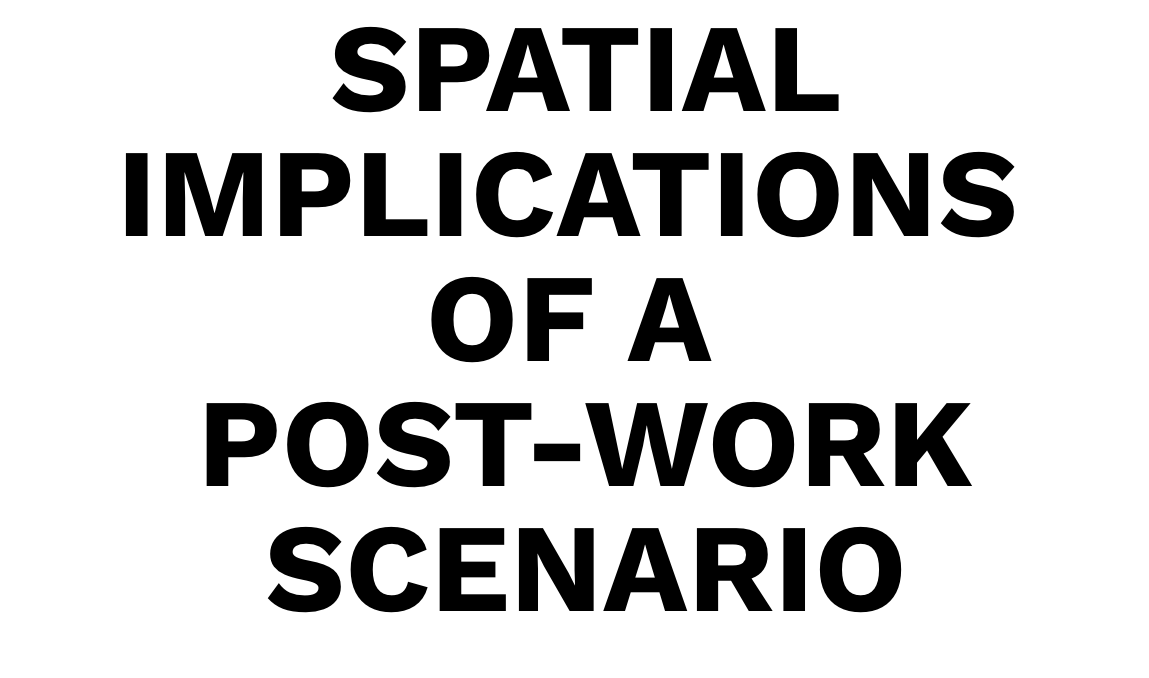
The most widespread concept of work reflects its equation with wage labour, a concept that was produced in the mid-19th-century development with the rise of mechanisation and the establishment of the factory as a space of production.
Is wage labour the most optimal economic and social system? Work: an activity involving mental or physical effort done in order to achieve a purpose or result. Work today exists to produce four things: profit, income, taxes and a ‘product’. Does the product make sense for the world we live in? It doesn’t matter, as long as it produces the first three needs. Is the specific activity of work relevant for the world we live in? It doesn’t matter, as long as it produces disciplined workers and driven entrepreneurs.
A clear separation is made between the production of goods and the production of a different kind of value. Value: a social construct that dictates the nature of various work forms - a challenge to the future of work as it depends on the creation of new forms of value. Productivity: a terminology for measuring the capacity to produce of each individual worker, not judging how specific work activities produce value themselves. Not all productive activities are considered to be work, only the ones that are socially recognised as producers of value. Why not just define some more? The future of work: adding more activities to the vocabulary of production.
Living Labour: the potentiality of production, in its broadest form, by eac human being. The understanding of Living labour provides an opportunity to rethink activities and establish an expanded understanding of work, definin new resources for social, cultural and political projects of transvaluation. Their presence shows the intention to repurpose the value of work activities in suc a way that the future of work suspends the moral values embedded in everyday actions. It provides an opportunity to think about work before it’s capitsalised. The activity of work in itself. Does it make sense? Is it needed?
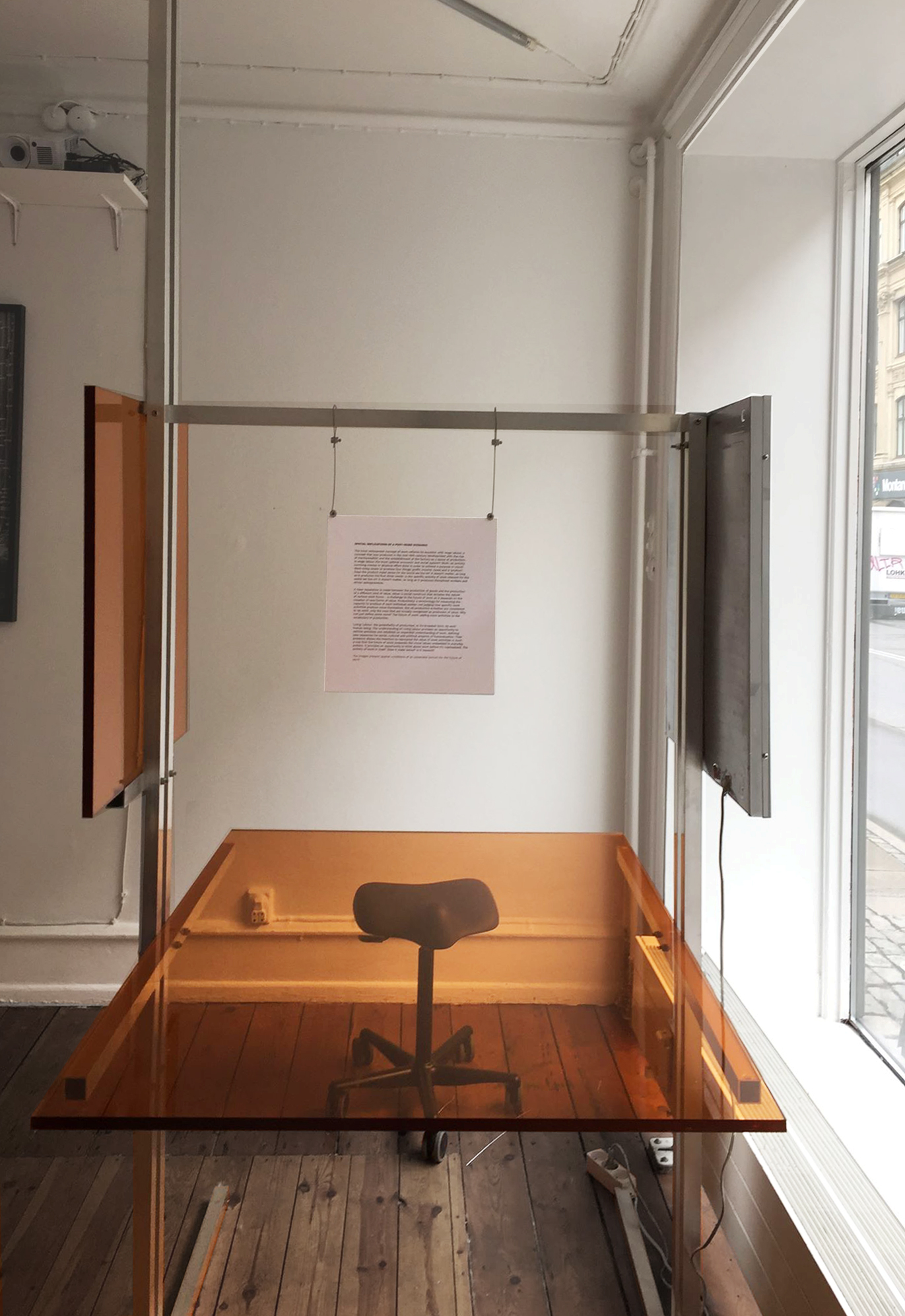
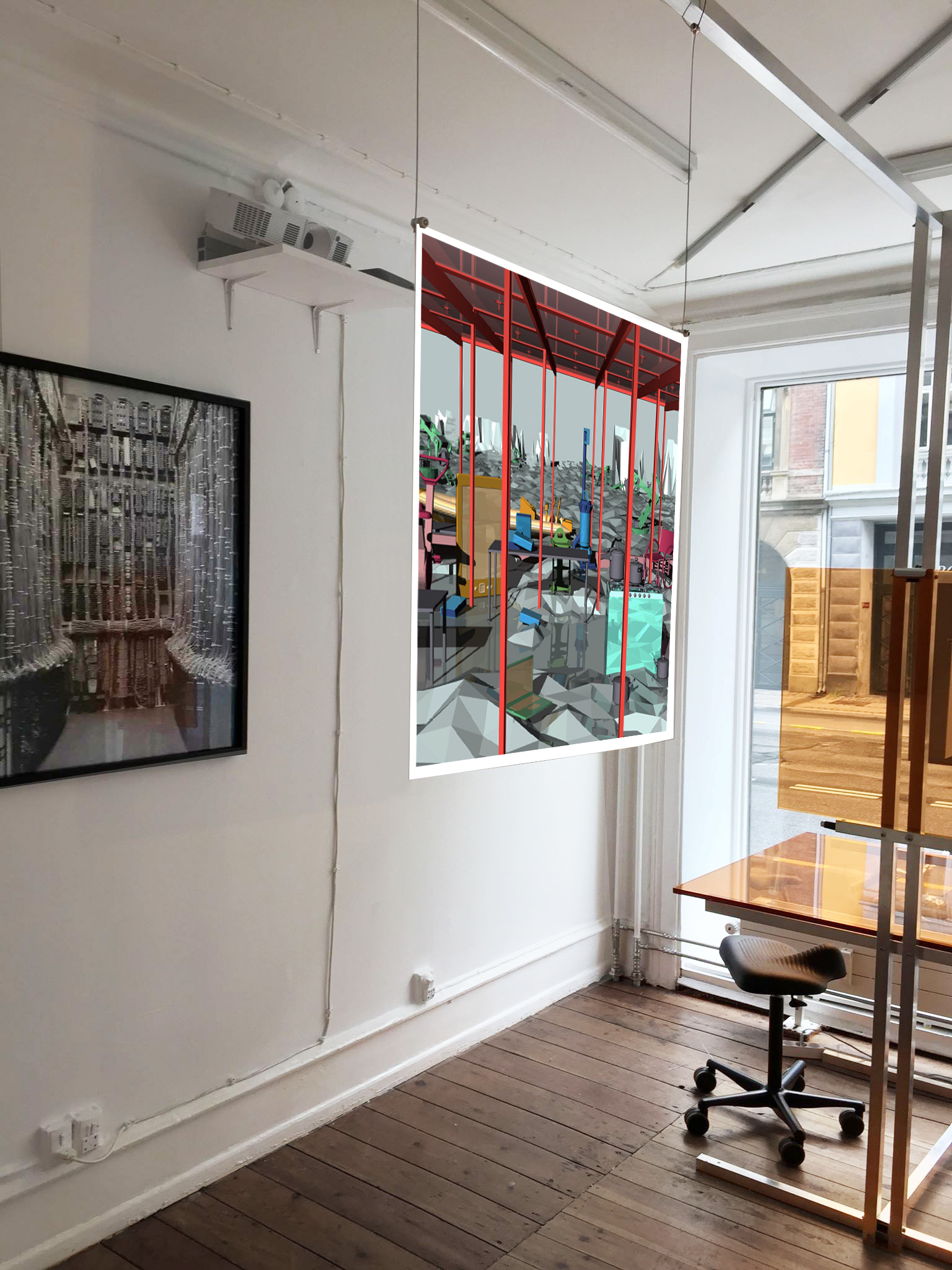
Placing it’s back to the industrial self-driven workspaces, the machines have blended into the local natural habitat. The landscape doesn’t adapt to the robots, but the remotely controlled structures move along the irregularities of nature’s surface.
Automation: production on its own.The spatial typology of a workspace used to coincide with the respective secto of work, but the shift from an industrial to a predominantly knowledge-based economy fundamentally changed the relationship between work and space. Generic Space: defining a non- representative form of production.
Framed by the generic space, a spatial repertoire of productive activities takes form. The new activities of work, as work itself, is represented and spatialised through its inherent generic condition. Its genericness becomes a specific spatial condition for a constantly shifting space of production.
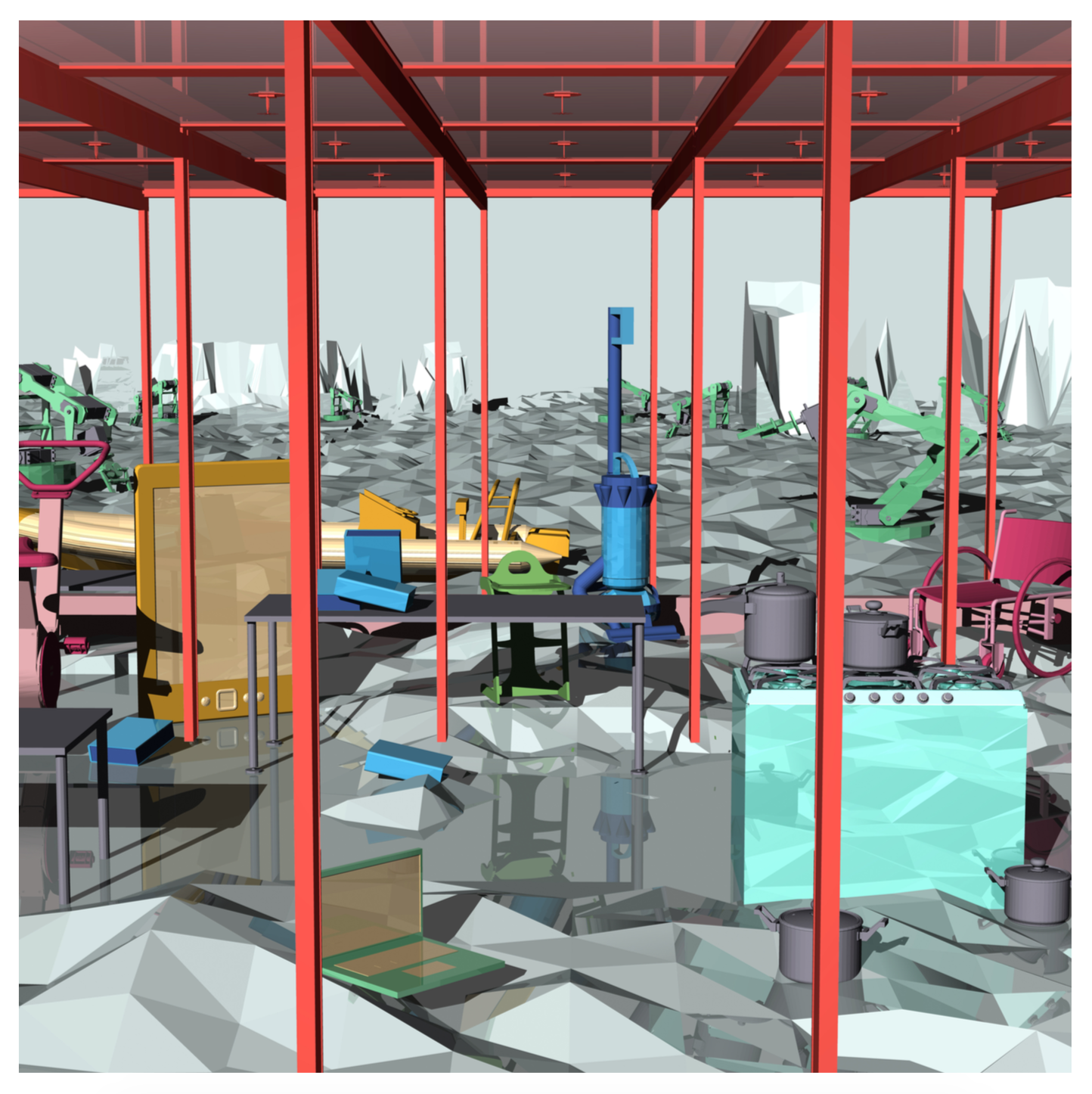
Work has taken a step beyond the necessity of
production. It defines the moral relationship
between the worker and society. Jobs arthe essence of our time, leading our whole
economic system to be structured around the creation of jobs by traditional definitions
of work. It’s a global struggle. Why? There’s
a disjunction between the amount of work needed to be done and the number of people needing a job. Simple. Current propositions for the future of work generally provide a way to generate money without producing value, neither social nor cultural. Moving seamlessly between political, social and environmental volunteering to experimentations in new ways of working to contemplation as fuel for wellbeing and creation. The introduction of new categories of work into the realm of production brings the opportunity for humans to fully explore their full potential as living labour, production on its own time. How can this not be a long term productive activity?
of work. It’s a global struggle. Why? There’s
a disjunction between the amount of work needed to be done and the number of people needing a job. Simple. Current propositions for the future of work generally provide a way to generate money without producing value, neither social nor cultural. Moving seamlessly between political, social and environmental volunteering to experimentations in new ways of working to contemplation as fuel for wellbeing and creation. The introduction of new categories of work into the realm of production brings the opportunity for humans to fully explore their full potential as living labour, production on its own time. How can this not be a long term productive activity?
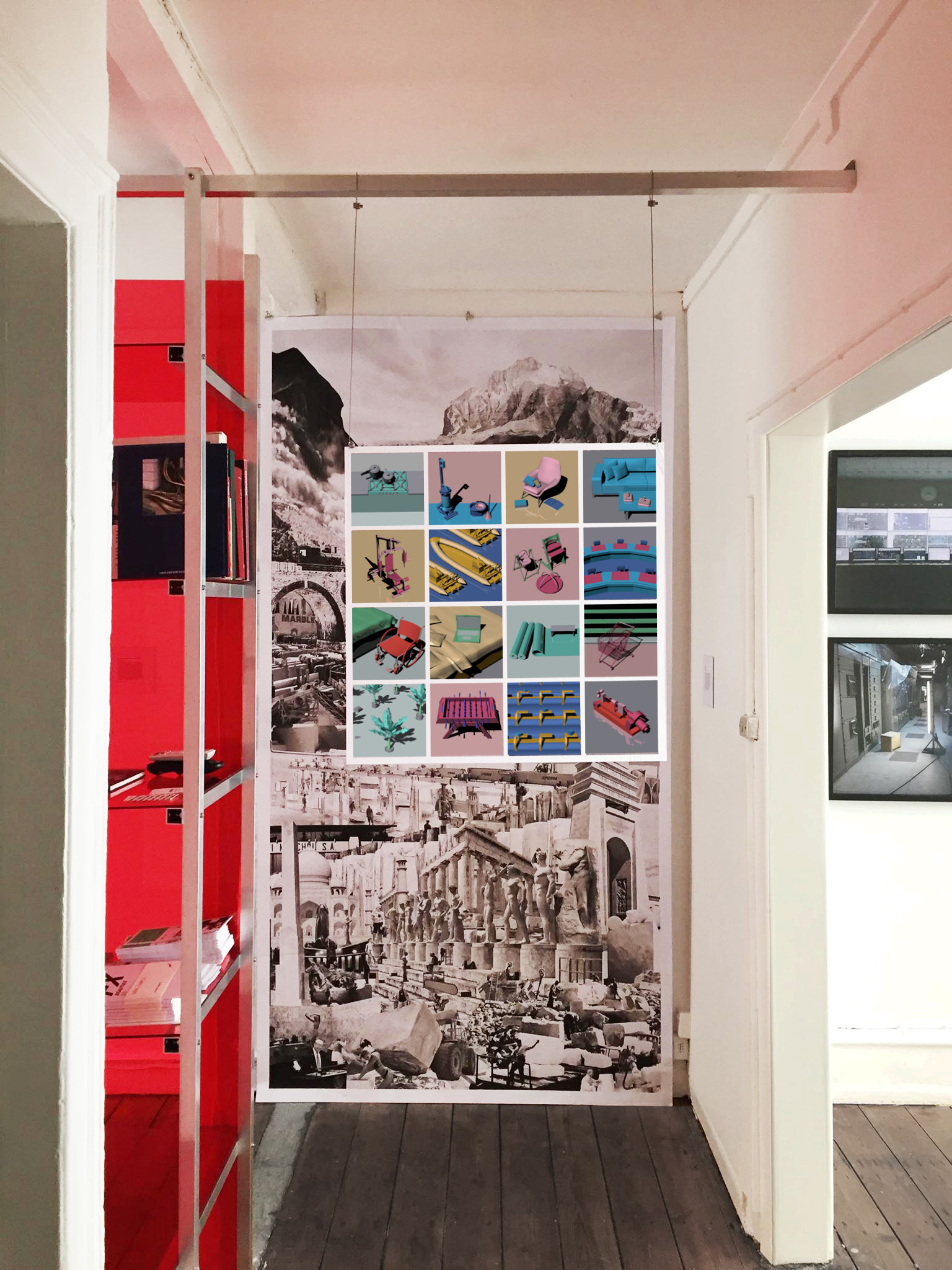
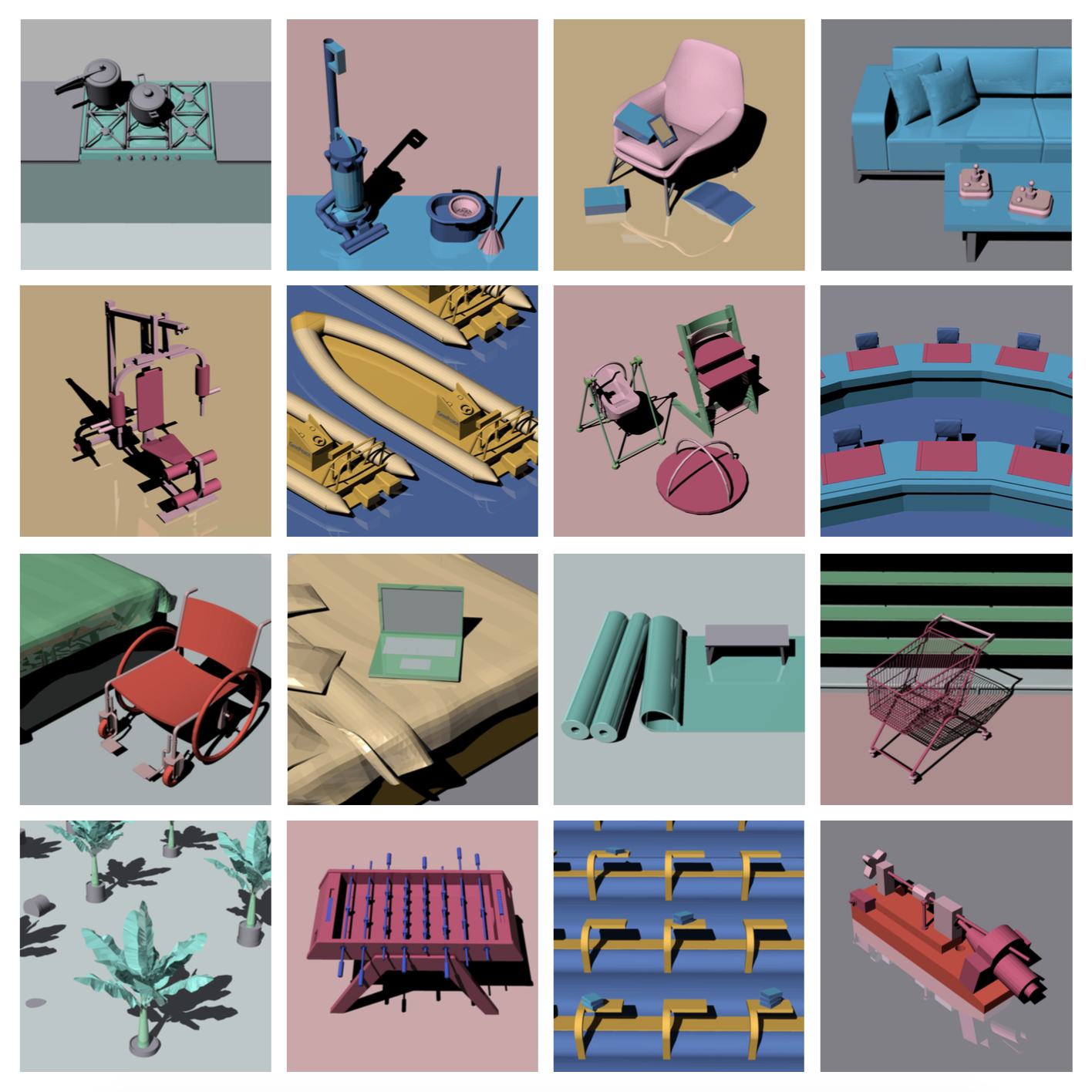

Territorial distributions of future productive workspaces take form in an imaginary randomised city layout. It’s the hardware of the network of work.
As an asset, it’s capacity goes up and down depending on the demand for specific productive activities. The consolidation of different areas of production creates specific conditions that are continuously juxtaposed to others by the combination of its parts. More spaces become relevant with the advancement of technological connectivity as a fundamental participant in future work forms. Data centres, control rooms, energy production are existing in increasing proximity to housing, factory and contemplation spaces. How will the organisation of the territory respond to drastic changes in an expanded understanding of work?
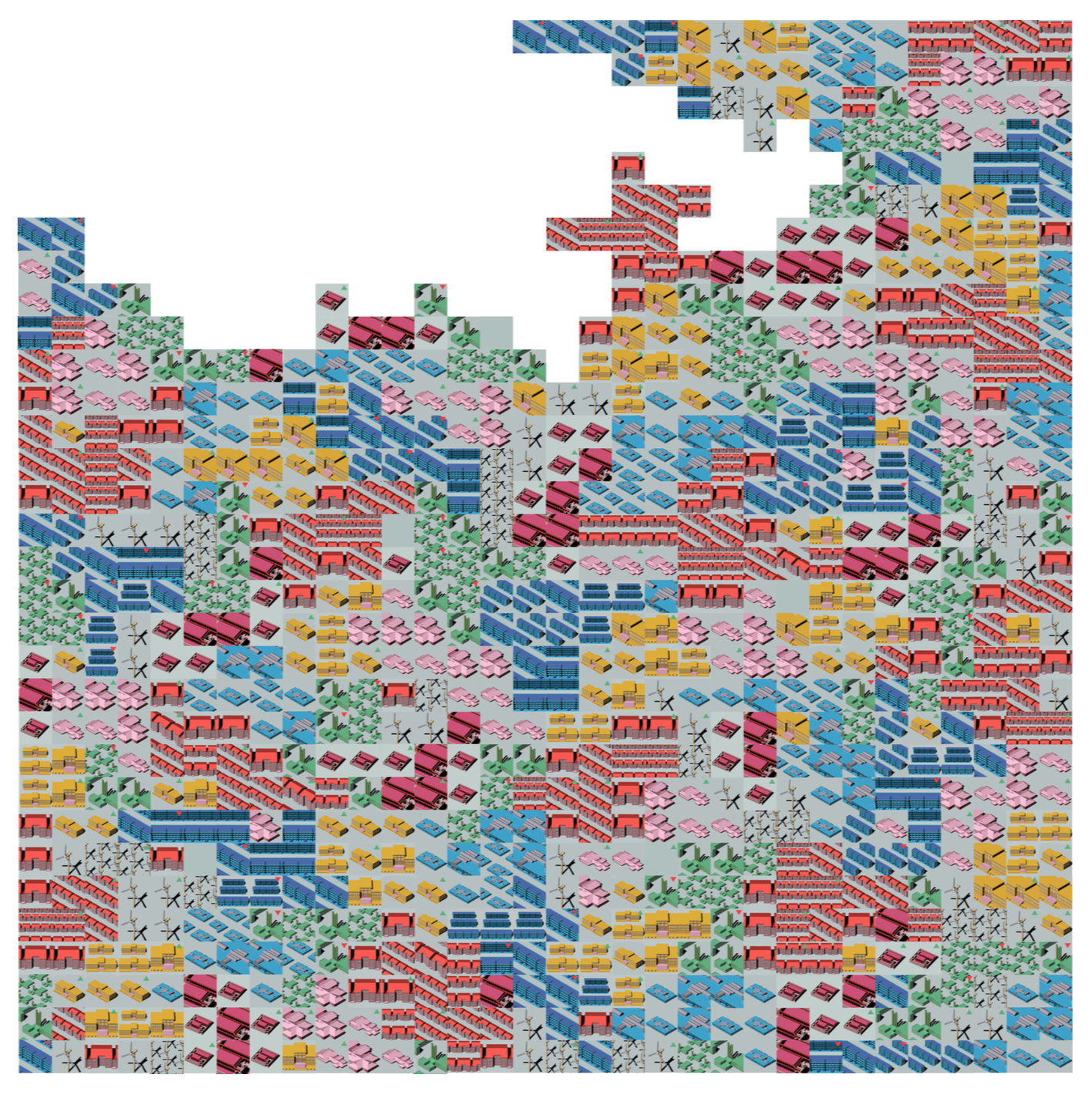
This project was made in connection with the performative exhibition The Work of Living Labour at Sixty Eight Art Institute in Copenhagen.